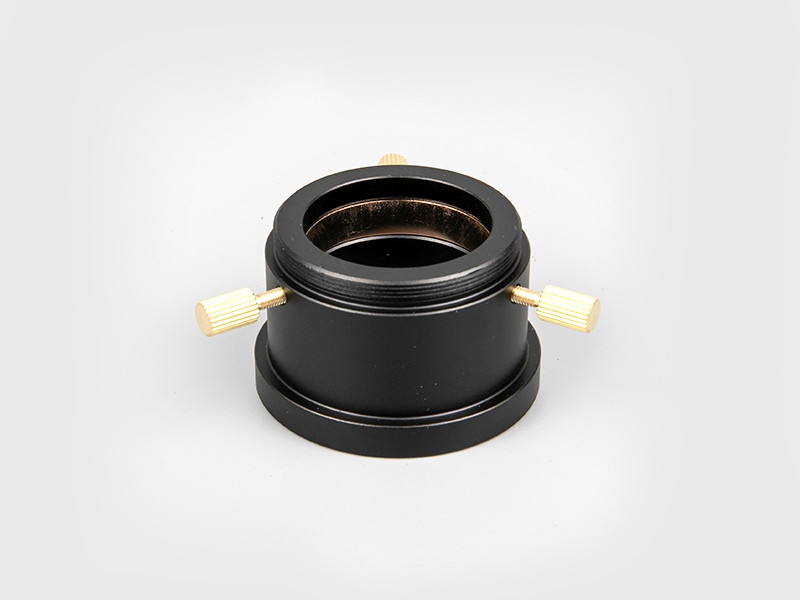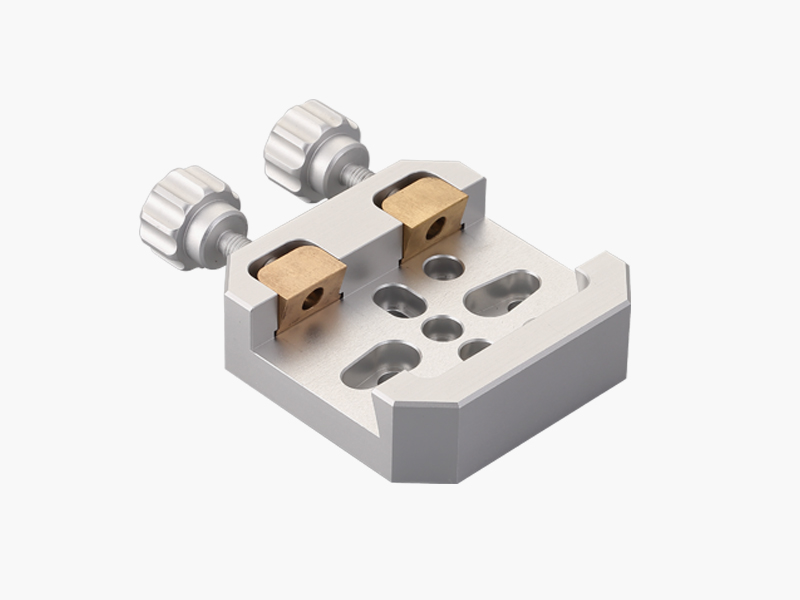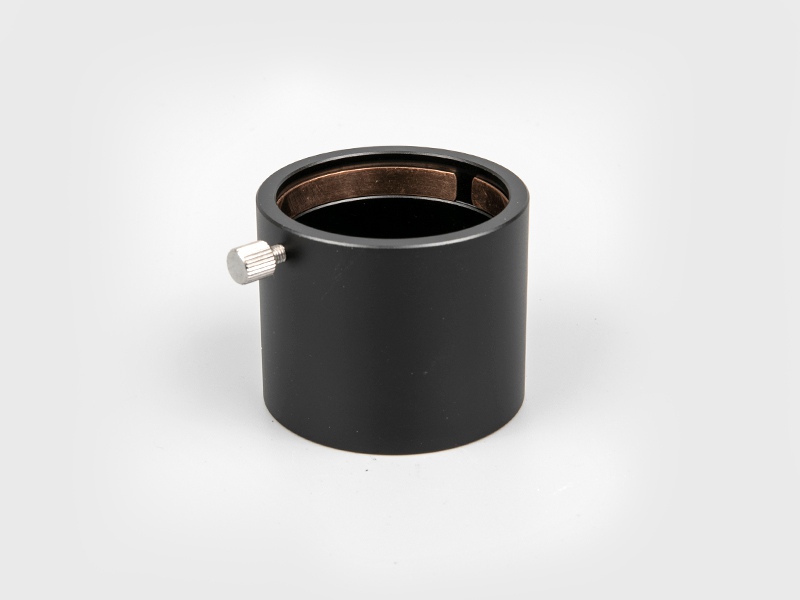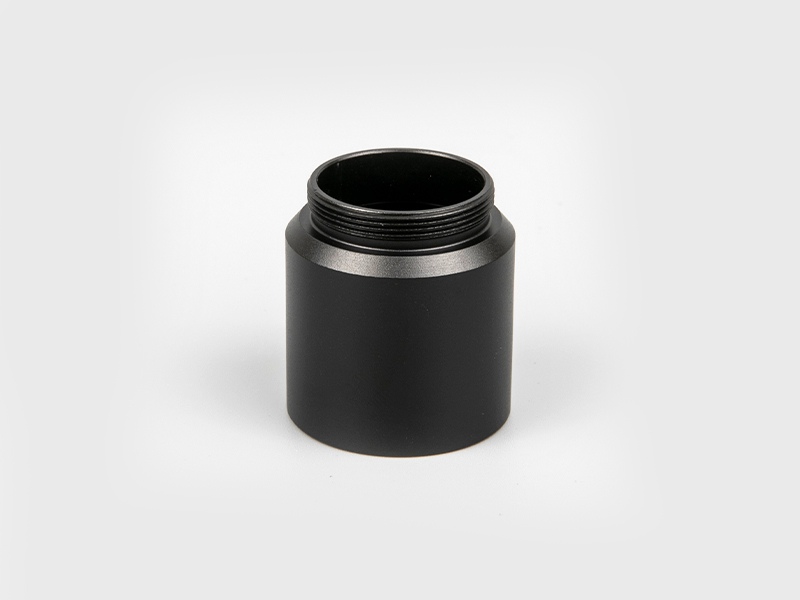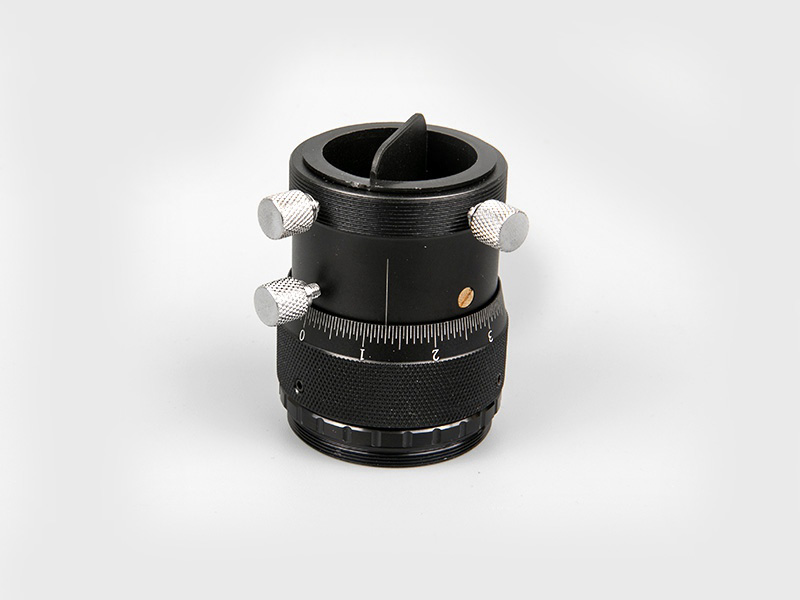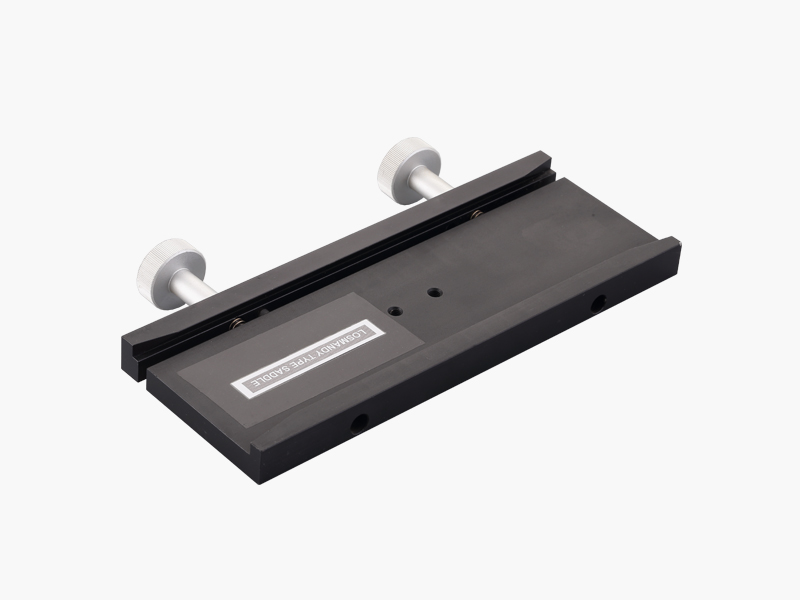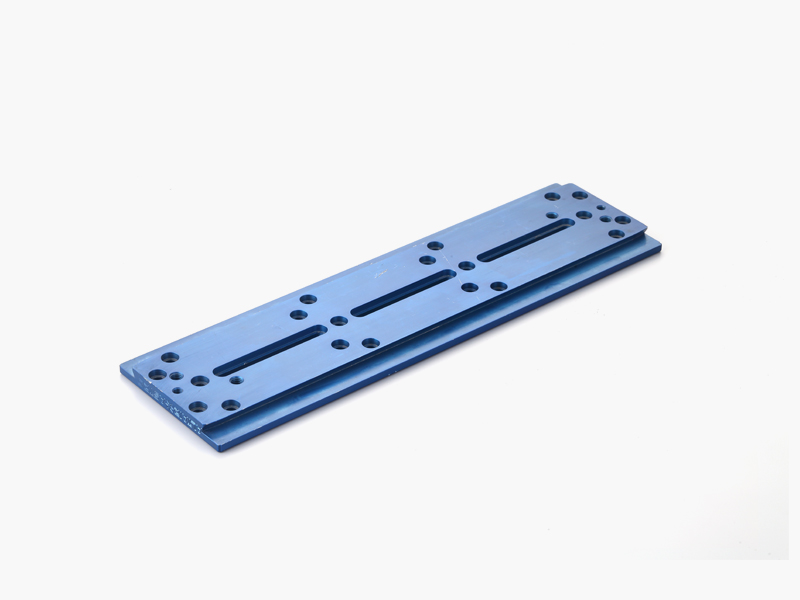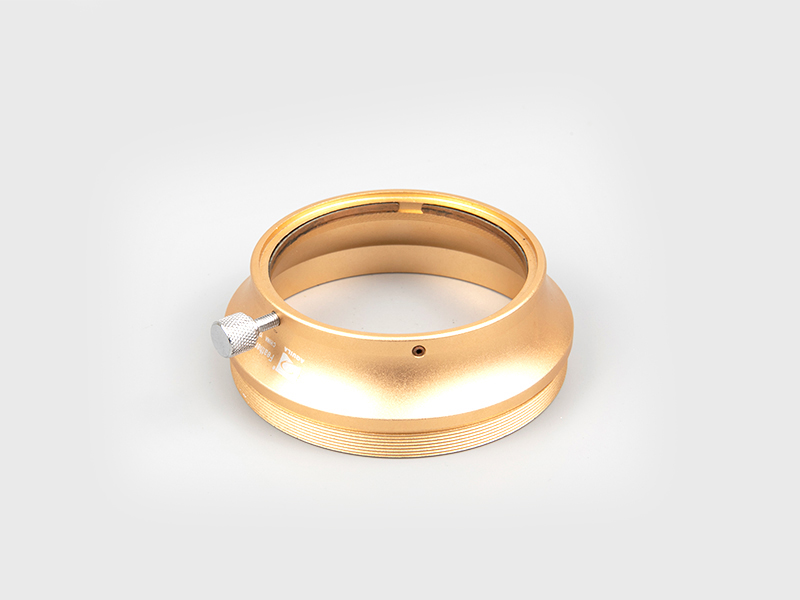Thinking of childhood, TVs and air-conditioning are far less popular than they are now. On hot summer nights, everyone goes to the yard to escape from the heat and cool off. Looking up at the sky, there are always stars. This beautiful crystal clear starry sky came into my mind deeply, unforgettable. Later, when I was in school, I met Galileo in the textbook, and I realized that I could see farther with a telescope. The telescope was born in 1608. It was a major event in the history of human civilization and had a profound impact on the development of society, science, and culture. Today, science and technology are advancing with each passing day, and telescopes are no longer a rarity for a small number of people to engage in scientific research, but have become a good helper for people to relax and enjoy enlightenment education. With the improvement of living standards, a large number of curious teenagers and adults with childhood dreams have joined the ranks of astronomy enthusiasts. But in the face of all kinds of binoculars on the market, how should beginners use these binoculars?
Bracket and primary mirror installation
There is no solid foundation for building a house, no matter how beautiful a house is, it is just a castle in the sky? D? It doesn't seem to be useful, and the same is true of using a telescope. The mass of amateur astronomical telescopes generally exceeds 1 kilogram, and the weight can reach tens of kilograms. The sturdy bracket can make the telescope play a relatively large role. And many beginners often ignore this problem and focus on the lens barrel. In order to obtain good observation results, astronomical observations are usually carried out in the field. If the wind speed is high (especially on the mountain) and the support is not strong, let alone enjoy the fun of stargazing, the eyes will also be affected. The tiny vibration of the bracket will be magnified by the telescope dozens to hundreds of times. What you see is the target object shaking violently in the field of view and cannot be observed. Telescope supports are divided into two types: horizon and equatorial. The horizon theodolite is light in weight, simple to install, and convenient to debug. It is suitable for beginners to cultivate interest in observing celestial bodies, that is, it is necessary to constantly adjust the micro-motion handle to track celestial targets during observation. It can be used for large-magnification planetary observation and astrophotography.
Horizontal theodolite: It is generally extended in two sections, and the operation is very simple. First, unfold the tripod, adjust the height of the bracket according to your height, and lock the handle; then, connect the lens barrel ring and theodolite, don't forget to tighten the screws; then install the main mirror in the lens barrel ring and fix it. If the lens barrel is heavier, it should be completed by two people together. Then, install the horizontal and vertical jog handles. When using it, first loosen the horizontal and vertical fixing buttons, point the lens barrel to the target and tighten the two fixing buttons, and then turn the two micro-handles to adjust the position.
The equatorial measuring instrument is generally used for hobbyists who have some observation experience. But the author is not against the use of beginners, but to be especially careful. I will only introduce you to the more commonly used German equatorial mounts. The installation of the equatorial instrument is more complicated than the theodolite.

 English
English 日本語
日本語 Deutsche
Deutsche España
España
